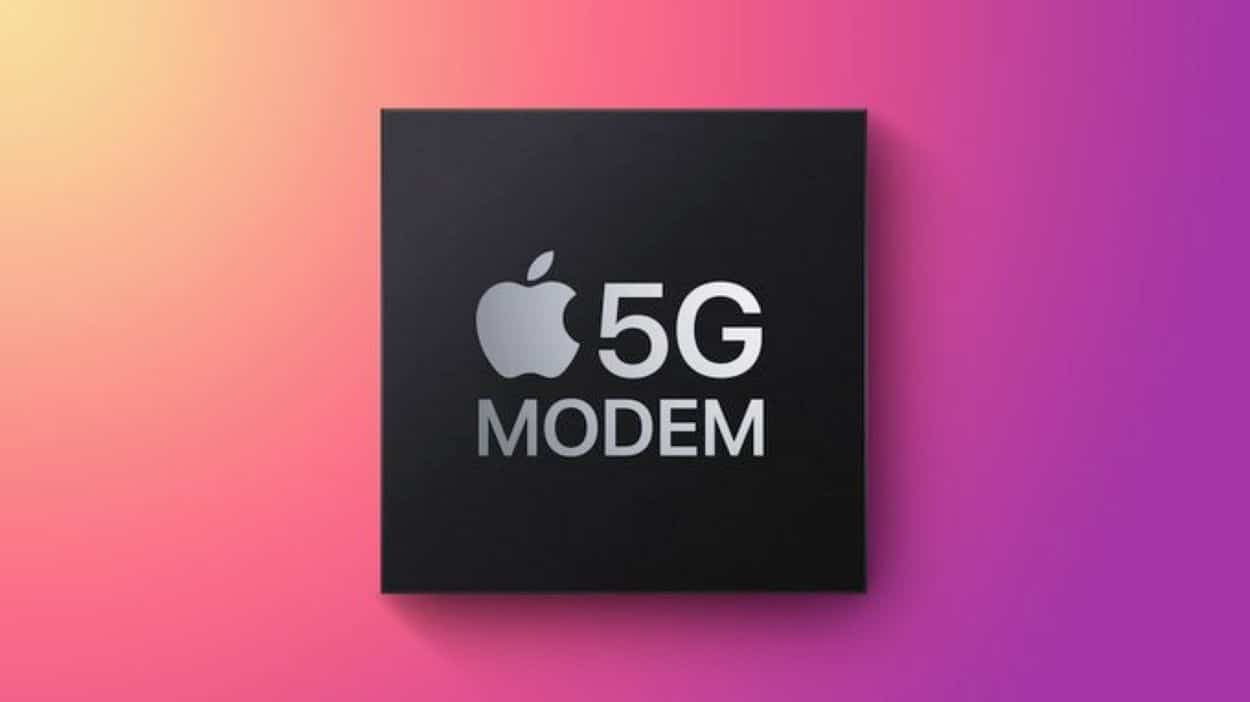Apple Inc. is finally launching one of its most ambitious projects: a series of in-house developed cellular modem chips that will replace components from its long-time partner and sometimes adversary, Qualcomm Inc.
According to sources familiar with the matter, Apple plans to introduce its modem system next spring after more than half a decade of development. This technology will be featured in the iPhone SE, the company’s entry-level smartphone, which will receive its first update in 2022.
A mobile phone’s modem is crucial as it enables the device to connect to cellular networks for calling and internet access. Apple plans to roll out its first modem version next spring, with more advanced generations to follow. Sources who preferred to remain anonymous due to the project’s confidentiality said the company’s goal is to surpass Qualcomm’s technology by 2027.
Initially hoping to market the modem as early as 2021, Apple invested billions in setting up test and engineering facilities globally. It also spent approximately $1 billion to acquire Intel Corp.’s modem division and hired engineers from various silicon companies to bolster this effort.
Read: Apple Captures 60% of AI PC Market in Q2 2024, Windows AI Shipments Surge by 12%
Despite encountering numerous challenges, such as oversized, overheating, and inefficient early prototypes, Apple has recalibrated its development strategies. The company realigned its management and recruited numerous engineers from Qualcomm, bolstering confidence in the success of its modem project, which Senior Vice President Johny Srouji managed.
While Apple has been silent about the modem’s issues, Qualcomm has anticipated Apple’s shift away from its components. Still, as reported by Bloomberg, Qualcomm derives over 20% of its revenue from Apple. News of Apple’s advancements caused Qualcomm’s stock to drop, closing at $159.51 in New York, down less than 1%.
The iPhone SE, featuring the new modem, is scheduled to launch soon. It will boast significant upgrades like Apple Intelligence and an edge-to-edge screen design. However, due to the critical importance of modem performance, the new in-house modem, nicknamed Sinope, will initially feature only in lower-end products. Although it may not match the sophistication of Qualcomm’s latest modems, its capabilities should deliver competitive performance. This is particularly true regarding integration with Apple’s processors, which will enhance power efficiency and connectivity.
This strategic move to develop an in-house modem reflects Apple’s long-term vision to integrate and control core technologies, influencing the broader tech and supplier landscape.






